#Bronze Age Marvel
Text
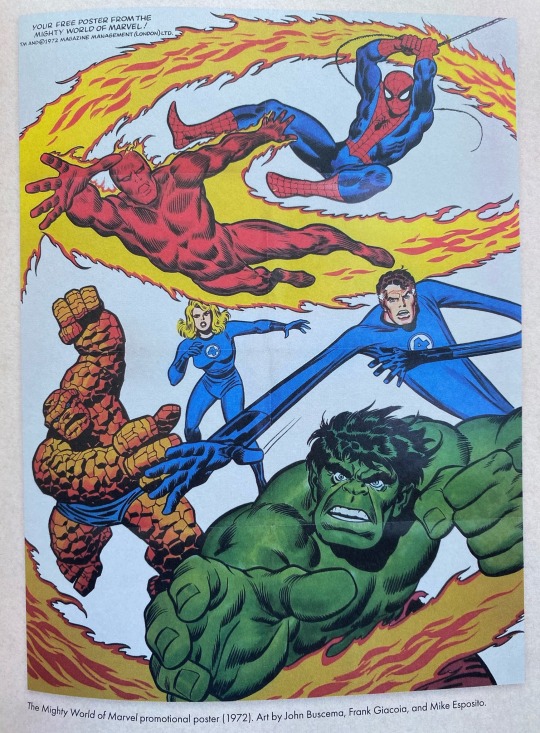
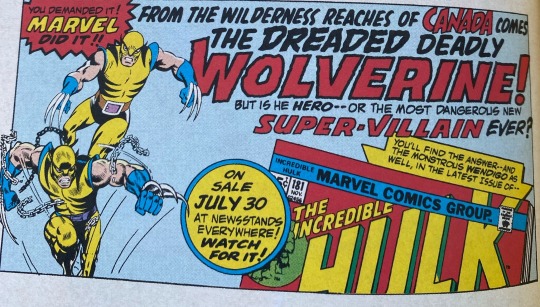






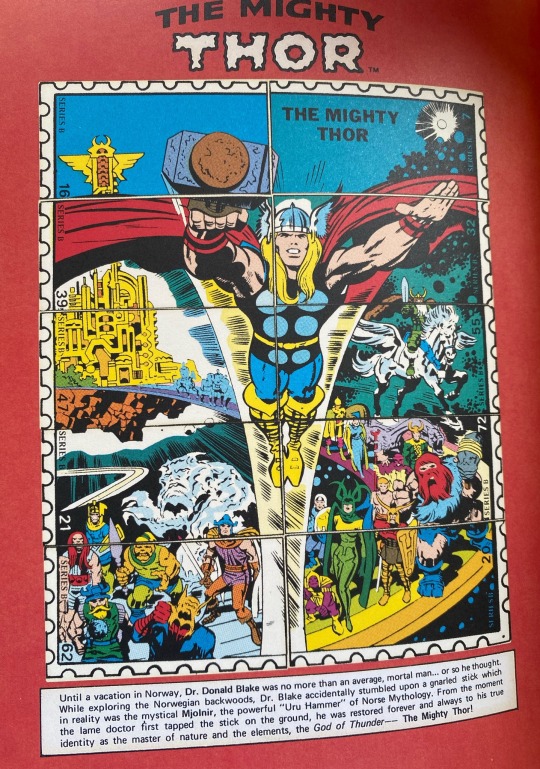
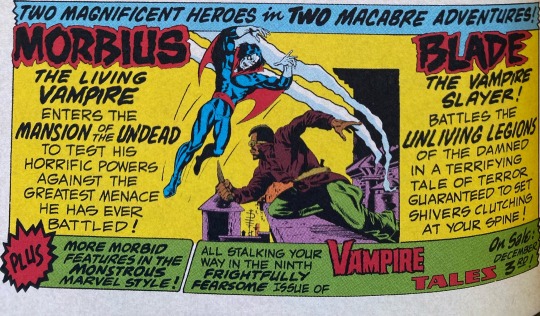
Rad art and vintage promotional ads from the new book on Marvel’s value stamps!
#marvel#man wolf#morbius#wolverine#Logan#fantastic four#Spider-Man#hulk#blade#Thor#Hercules#brother voodoo#avengers#70s comics#bronze age marvel#bronze age comics#jack kirby#gil kane#joe sinnott#mike esposito#john buscema#power man#Luke Cage#defenders#doctor strange
88 notes
·
View notes
Text

Cat, you were right!
#peter parker the spectacular spiderman#spiderman#black cat#peter parker#felicia hardy#marvel comics#al milgrom#bronze age marvel#bronze age comics#spider sense
44 notes
·
View notes
Text
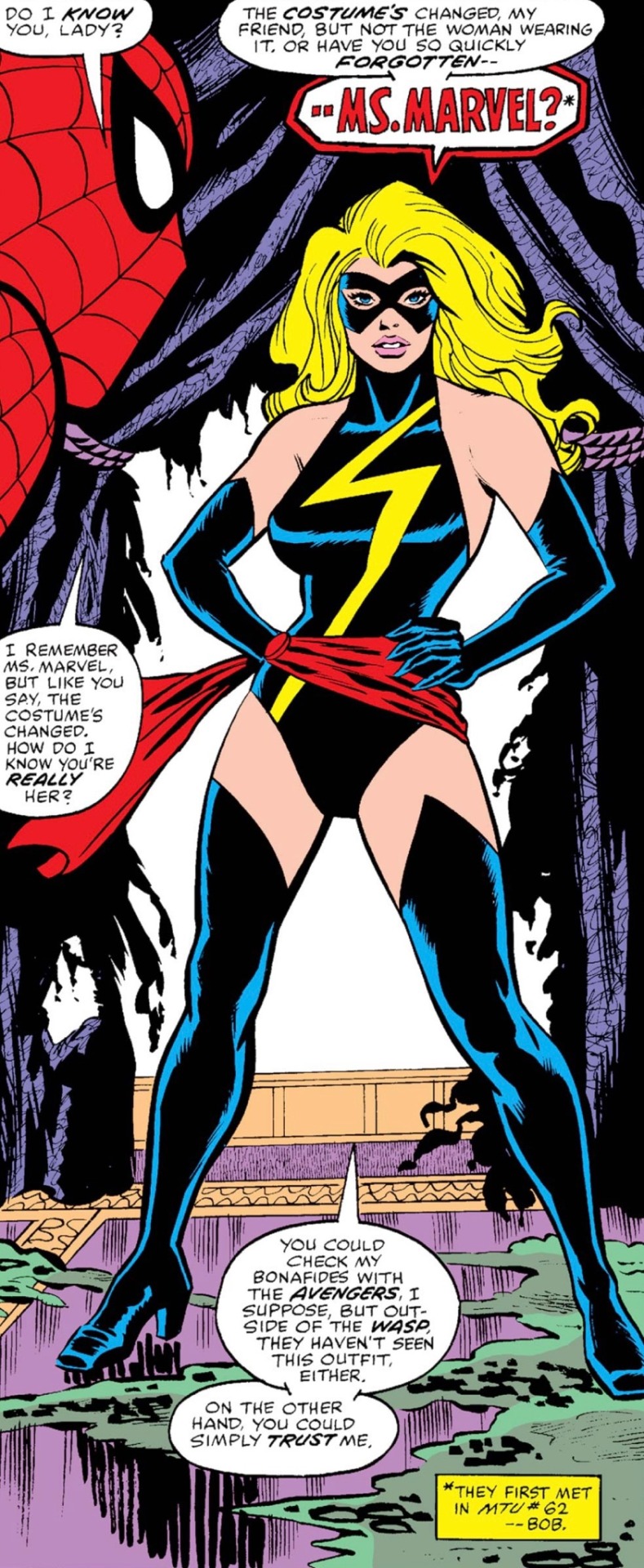
Marvel Team Up (1972) #76
#Ms. Marvel: Carol Danvers#carol danvers#spider man#marvel comic edit#marvel#marvel comics#comic edit#marvel edit#marveledit#comic book art#comics#comic books#comicedit#Bronze Age Comics#bronze age comic books#bronze age marvel#marvel bronze age
65 notes
·
View notes
Text
Friends and Enemies (Warlock #11)- Marvel Premiere (1972) #28

#Marvel#Marvel Comics#Comic Books#Bronze Age Comic Books#Bronze Age Marvel#Man-Thing#Morbius#Werewolf by Night#Jack Russell#Ghost Rider#Legion of Monsters#Nick Cardy#Irv Watanabe#Friends and Enemies
25 notes
·
View notes
Text
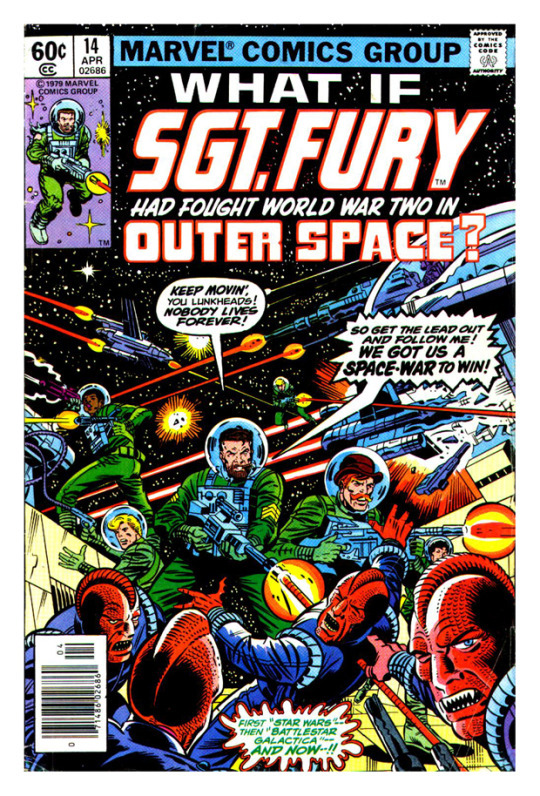
WHAT IF? #14 (Marvel, 1979)
Art: Herb Trimpe / Joe Sinnott.
#herb trimpe#joe sinnott#marvel#marvel comics#marvel universe#sgt fury#nick fury#what if#bronze ago#bronze age comics#bronze age marvel#70s comics#70s comic books#1970s comics#1970s comic books#bronze age comic#bronze age comic books#aliens#space war#war comics
22 notes
·
View notes
Text

Moon Knight #21, illustration by Vicente Alcazar
1 note
·
View note
Text
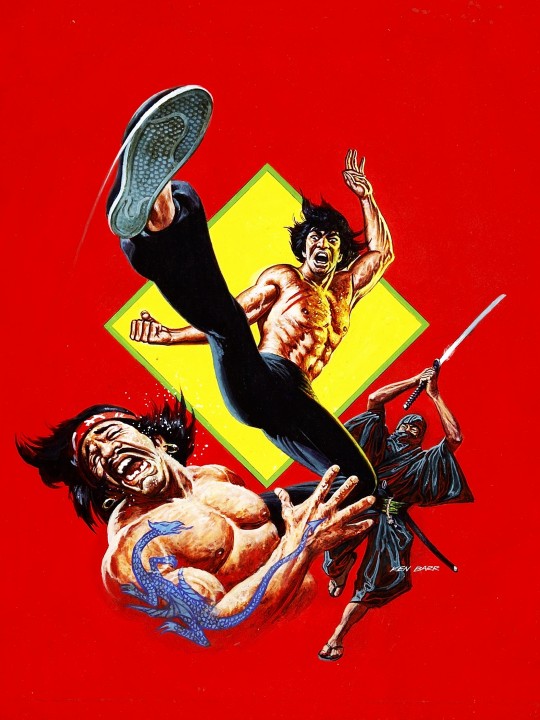
Ken Barr Deadly Hands of Kung Fu illustration (1970s)
166 notes
·
View notes
Photo

Marvel Preview #5, April 1976. Art by Ken Barr.
Greystoke Trading Company.
#sherlock holmes#hound of the baskervilles#marvel preview#arthur conan doyle#marvel comics#comic magazines#mystery#illustration#bronze age comics#1970s#ken barr#greystoke trading company
400 notes
·
View notes
Note
Considering superhero comics predate the invention of spandex, when did the idea that superhero costume are made from spandex come from?
Great question!

To answer this question, I first need to backup and do some history about fin-de-siècle strongmen and the origin of the "superhero costume" as a distinct cultural concept. In the late 19th/early 20th century, circus strongmen were not just huge draws but celebrities and cultural icons in their own right, part of the whole obsession of anxious masculinity in that era, along with the emergence of bodybuilding and quite a bit of racist eugenics (think "Passing of the Great Race" stuff) about how industrial civilization was making white men effete and degenerate and thus vulnerable to the Other.
However, the strongmen had something of a fashion problem: in order to do their shtick, they often wore close-fitting silk tights and shirts in order to show off their musculature, and these had a tendency to split when they were flexing. This could run the risk of leaving the strongmen hanging in the wind, as it were, so they adapted by putting on wrestler's unitards over their tights to keep themselves under wraps.

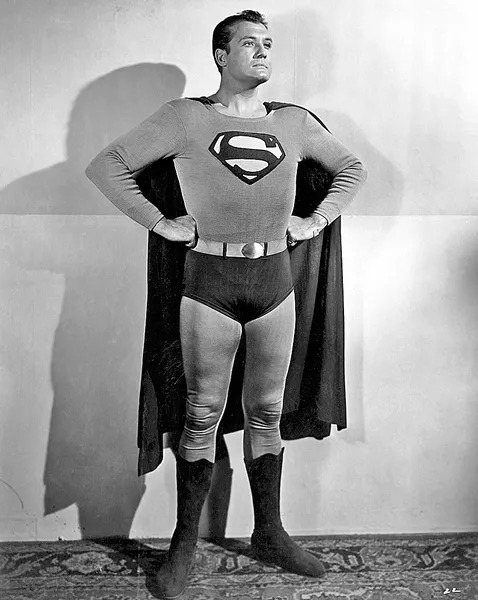
Throw on a cape, and you literally have the archetypal superhero costume. But if you take a look at how these costumes look on an actual human body, they're not literally skin-tight. You can see some muscle definition in places, but there's also visible wrinkles and folds at the joints and other places where you need more flexibility. It's just not quite there yet in terms of evoking the whole George Sandow aesthetique.
And then in 1958, spandex was invented as a much more elastic fabric that could be truly skintight without splitting, so you could really see the musculature much more clearly. Add this to the expanding and increasingly professionalized and advanced culture of postwar bodybuilding, and people's expectations about what their superheroes could and should look like began to change. Thus, starting in the Silver Age and into the Bronze Age, superheroes start to look a lot buffer and their costumes look a lot tighter so that the reader can see every damn muscle (and curve) on superheroes' bodies - because artists and editors and publishers realized they could make more money by making comics that were a bit sexier, thanks to the magic of "spandex."

Now this gets us into the economics of the comics industry and changing generational cohorts, but as we passed from the Silver Age to the late Bronze Age, you started to see a shift from comics artists who worked in comics because Jews and Catholics weren't welcome in the Art Departments of Madison Avenue, to comics artists who worked in comics because they had grown up reading comics and learned to draw from comics.

This had an impact on superhero costumes, because the older artists tended to be plugged in more to fashion and fashion art and thus drew superhero costumes as clothing with real three-dimensionality to it and the younger artists found it easier and faster to just draw familiar superhero bodies naked (with "spandex" as the figleaf) and then put in a few lines showing where the costumes end - and this easier and faster style that turned up the dial on allowable sexiness was more profitable for the companies.

Once you get to Jim Lee, Rob Liefeld, Todd McFarlane, and the other "Image Kids" of Nineties Comics, the spandex-ification of superhero comics had reached its peak because now the hot new trend was stuff that wouldn't work even with real-world spandex, hence the phenomena of the boob sock and the logical extension of the swimsuit/bikini for superwomen to the battle thong.
So ultimately it all comes down to the combined pressures of culture and economics.

#comics#comics meta#superhero costumes#silver age#bronze age#nineties comics#cultural history#superhero comics#marvel#dc#marvel meta#dc meta#image comics
82 notes
·
View notes
Text

https://www.etsy.com/.../savage-tales-vol-1-5-bronze-age... VF- Savage Tales 5, last Conan issue, first Ka-Zar issue, Neal Adams cover. Available through the link for $35.00
#savage tales#conan#conan the barbarian#ka-zar#neal adams#marvel comics#roy thomas#curtis magazines#comics#comic books#bronze age comics#comics for sale
82 notes
·
View notes
Text

#ghost rider#marvel horror#marvel comics#bronze age comics#comics#marvel#johnny blaze#horror#bronze age marvel
10 notes
·
View notes
Text
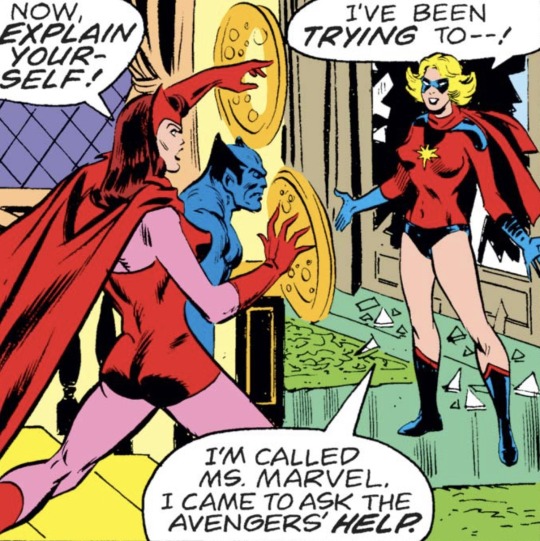

Carol meets the Avengers as Ms. Marvel
Ms. Marvel (1977) #16
#carol danvers#Ms. Marvel: Carol Danvers#hank mccoy#beast#scarlet witch#wanda maximoff#marvel comic edit#marvel#marvel comics#comic edit#marvel edit#marveledit#comic book art#comics#comic books#comicedit#avengers#Bronze Age Comics#bronze age comic books#bronze age marvel#marvel bronze age#comic book history
23 notes
·
View notes
Text
Friends and Enemies (Warlock #11)- Fantastic Four (1961) #167

#Marvel#Marvel Comics#Comic Books#Bronze Age Comic Books#Bronze Age Marvel#Fantastic Four#Hulk#Mr. Fantastic#The Thing#Ben Grimm#Human Torch#Invisible Girl#Jack Kirby#Joe Sinnott#Gaspar Saladino#Friends and Enemies
16 notes
·
View notes
Text

WEIRD WONDER TALES #3 (Marvel, 1974)
"The Thing in the Bog"
Art: well, this is a tangled, messy one. It's a reworking of the cover of SPELLBOUND #22 (Atlas, 1952) with art (possibly) by Harry Anderson and originally coloured by Stan Goldberg (and edited by Stan Lee)… But bullpenners Marie Severin and John Romita Snr almost certainly 'remixed' the art and colours to re-present and make it more palatable to a 1970's audience.

#marie severin#john romita#john romita senior#john romita sr#stan lee#marvel#marvel comics#marvel comics universe#horror#horror comics#horror comic book#horror comic books#atlas#atlas comics#supernatural#marvel universe#marvel horror#bronze age horror#bronze age marvel#bog monster#bog monsters#70s comics#70s comic books#70s horror#70s horror comics#1970s horror#1970s comics#50s horror#50s horror comics#50s pulps
16 notes
·
View notes
Text
The Evolution of Ghost Rider: A Journey through the Stern-DeMatteis Era

In the vast and ever-expanding universe of Marvel Comics, certain runs stand out as transformative moments for characters, reshaping their narratives and defining their identities. One such epochal period occurred within the Ghost Rider series, spanning from issue number 68 to the poignant conclusion in issue 81. What began as Roger Stern's stewardship transitioned seamlessly into J.M. DeMatteis' tenure, crafting a storyline that not only delved into the depths of Johnny Blaze's tortured soul but also elevated Mephisto to the status of his arch-nemesis. As the flames of vengeance intertwined with the intricacies of demonology, readers were treated to a saga that not only expanded the mythos of Ghost Rider but also explored the complexities of morality and redemption
The Genesis of Change: Roger Stern's Reign
Roger Stern's takeover of Ghost Rider marked a significant turning point in the character's mythology. Issue 68 served as a catalyst, introducing subtle yet profound alterations to Johnny Blaze's origin story. By retconning Satan's role and replacing it with Mephisto, Stern not only streamlined the narrative but also established a more intricate dynamic between the Spirit of Vengeance and his eternal foe. This shift laid the groundwork for future explorations into the depths of Johnny's torment and the insidious influence of Mephisto's machinations
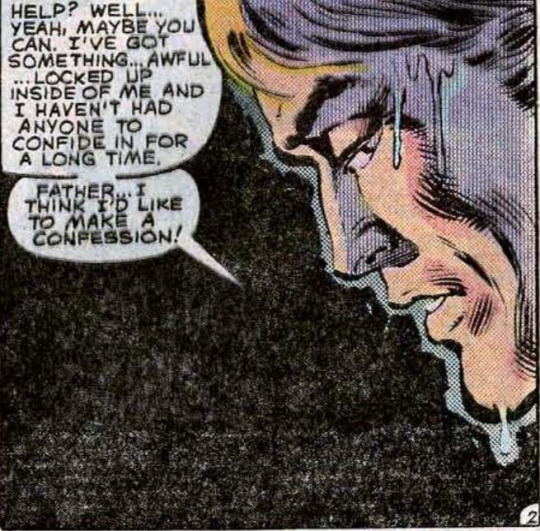
Throughout Stern's tenure, themes of redemption and the eternal struggle between good and evil permeated each issue. Johnny Blaze's internal conflict was brought to the forefront, as he grappled with the consequences of his Faustian bargain and sought to atone for his sins through acts of heroism. Stern's masterful storytelling, coupled with the dynamic artwork of Bob Budiansky, brought a sense of gravitas to each panel, immersing readers in a world where the boundaries between light and darkness blurred
The Ascension of Mephisto: J.M. DeMatteis' Magnum Opus
As Stern's run drew to a close, J.M. DeMatteis took up the mantle, guiding Ghost Rider through his final trials and tribulations. Issue 81, aptly titled 'The End of Ghost Rider,' served as a poignant conclusion to this chapter of Johnny Blaze's journey, offering closure while paving the way for future narratives. DeMatteis' writing brought a sense of depth and introspection to the series, delving into the psyche of both hero and villain alike
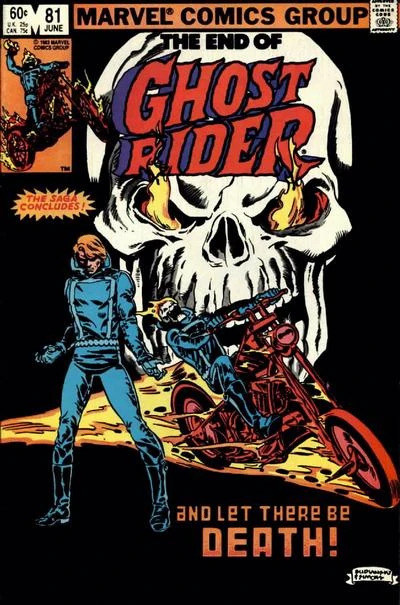
One of the most significant contributions of DeMatteis' tenure was the elevation of Mephisto from mere antagonist to Johnny Blaze's ultimate nemesis. Through intricate storytelling and nuanced characterization, Mephisto emerged as a formidable adversary, a dark mirror to Johnny's tortured soul. Theirs became a battle not only of strength but of willpower and resilience, with each confrontation pushing both characters to their limits
The Redemption of Zarathos: Unraveling the Demon's Past
Central to the Stern-DeMatteis era was the exploration of Zarathos, the demonic entity bound to Johnny Blaze's fate. As the series progressed, glimpses of Zarathos' tragic past emerged, shedding light on the origins of the Spirit of Vengeance and his eternal quest for redemption. Through intricate storytelling and subtle foreshadowing, Stern and DeMatteis wove a tapestry of intrigue and mystery, unraveling the layers of Zarathos' identity while deepening the connection between host and spirit
By delving into Zarathos' backstory, the series added depth and complexity to the character, transforming him from a mere instrument of vengeance into a figure of tragic heroism. His struggles became emblematic of the eternal battle between light and darkness, as he grappled with his own nature while striving to protect those he cared for. In the end, Zarathos' journey mirrored Johnny Blaze's own quest for redemption, forging a bond that transcended the confines of flesh and blood
A Legacy of Flame and Shadow
The Stern-DeMatteis era of Ghost Rider stands as a testament to the transformative power of storytelling within the realm of comics. Through meticulous characterization, intricate plotting, and dynamic artwork, the series breathed new life into the mythos of Ghost Rider, reshaping the character's identity for generations to come. From the retconning of Johnny Blaze's origin to the elevation of Mephisto as his arch-nemesis, each issue served as a building block in a narrative tapestry that explored the depths of human emotion and the eternal struggle between good and evil
As fans look back on this seminal era, they are reminded not only of the trials and tribulations of Johnny Blaze and Mephisto but also of the enduring legacy of Ghost Rider as a character. Through flame and shadow, redemption and damnation, the Spirit of Vengeance endures, a beacon of hope in a world consumed by darkness. And though the fires may wane and the shadows may lengthen, the spirit of Ghost Rider lives on, eternal and unyielding, a testament to the power of storytelling to transcend the boundaries of time and space
Buy Marvel Masterworks: Ghost Rider Vol. 6
#ghost rider#johnny blaze#roger stern#j. m. dematteis#bob budiansky#marvel comics#bronze age comics#jim shooter
21 notes
·
View notes
Text
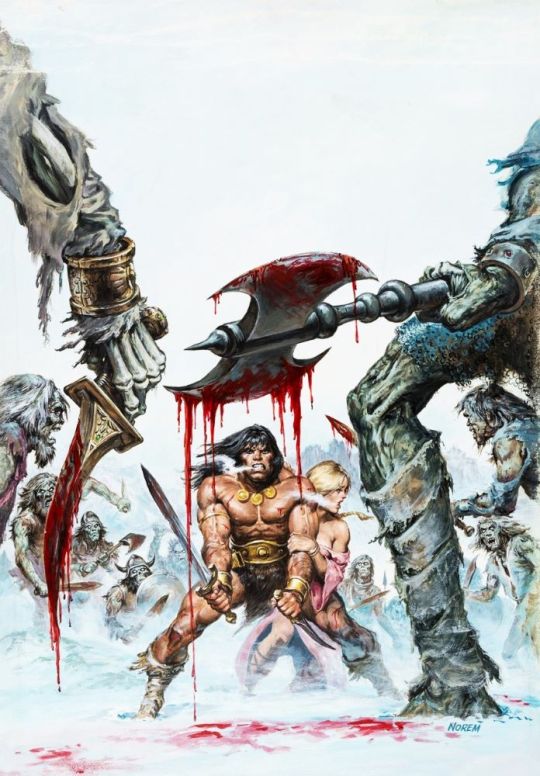
Earl Norem Savage Sword of Conan #39 cover (1979)
#earl norem#conan the barbarian#marvel comics#painting#illustration#textless#fantasy art#bronze age comics
178 notes
·
View notes